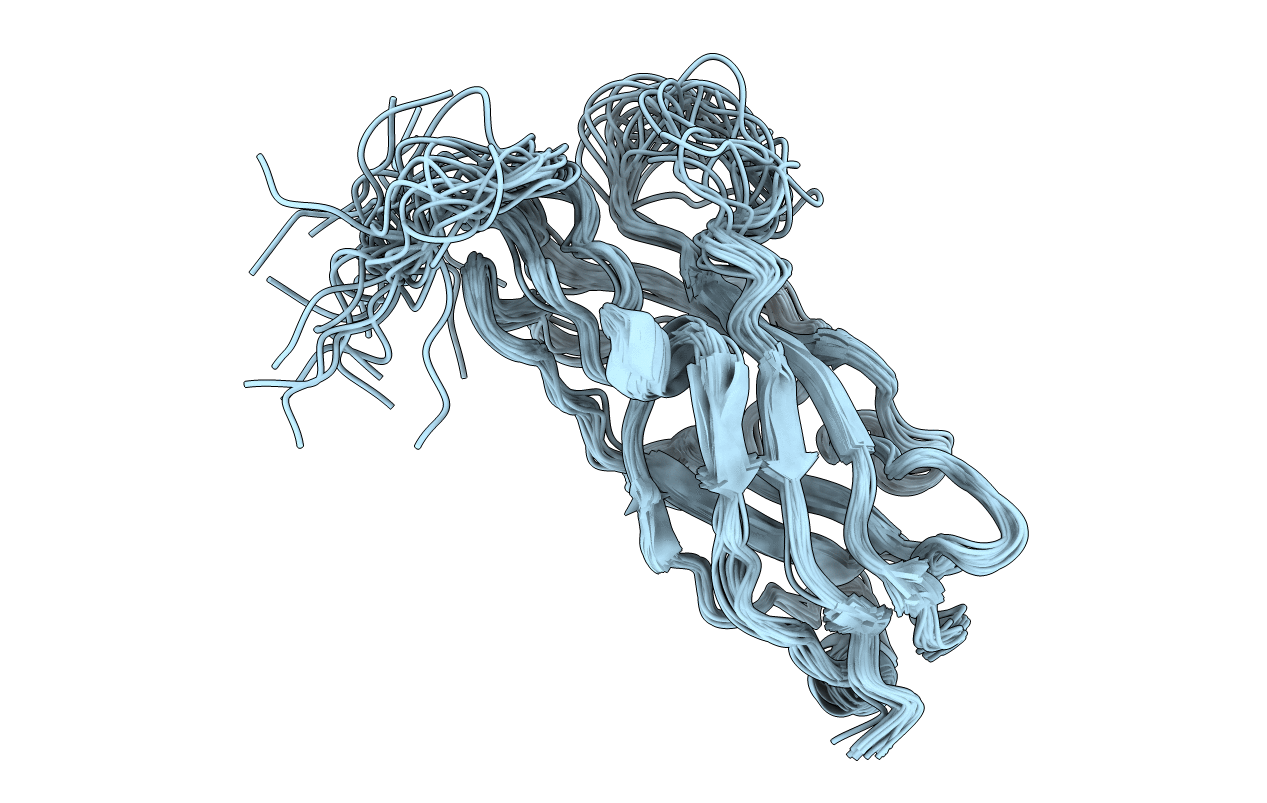
Deposition Date
2006-11-29
Release Date
2007-10-30
Last Version Date
2024-11-06
Method Details:
Experimental Method:
Conformers Calculated:
100
Conformers Submitted:
20
Selection Criteria:
target function


